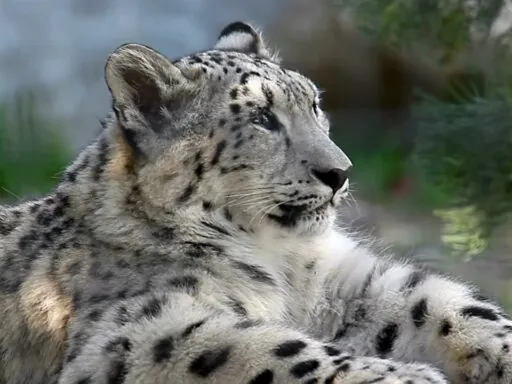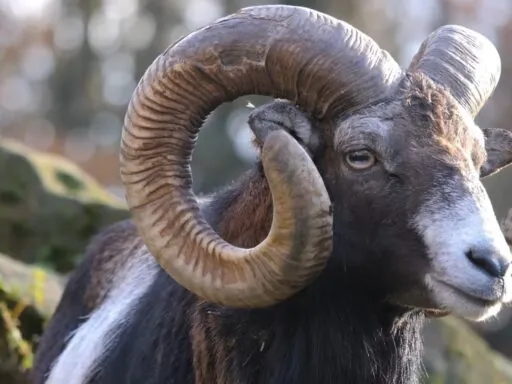Have you ever wondered what it takes to survive in the coldest place on Earth? Antarctica is more than just a frozen desert – it’s home to some of the most incredible creatures on the planet. From the majestic Emperor Penguin to the fierce Leopard Seal, these animals that live in Antarctica have mastered the art of thriving in one of the harshest environments known to man. Get ready to dig deep into the icy waters and discover the top Antarctic animals that make this frozen land their home!
1. Emperor Penguin
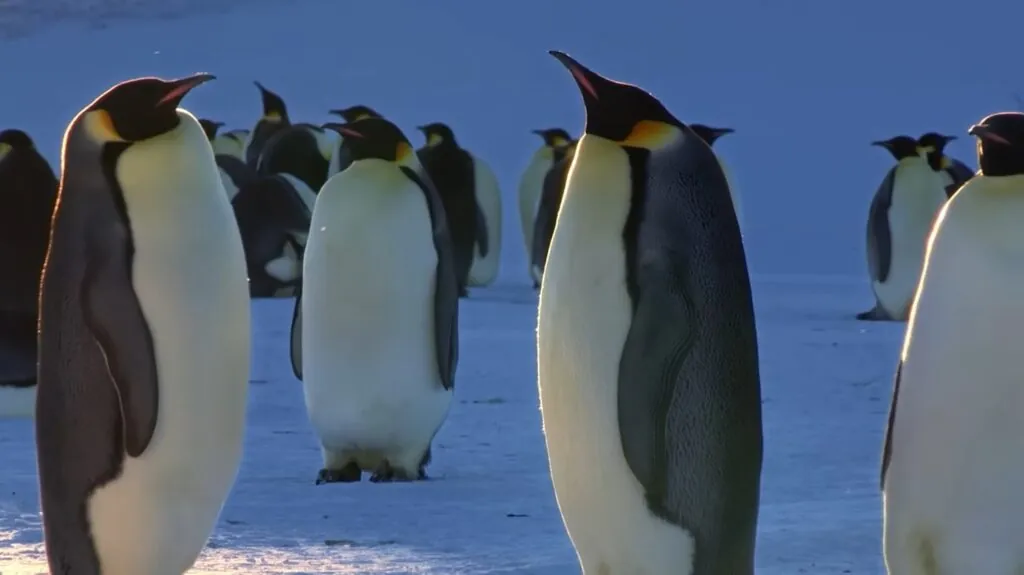
The Emperor Penguin is the largest penguin species in the world, exclusive to Antarctica, standing nearly four feet tall and weighing up to 100 pounds. These incredible birds are known for their deep diving abilities, reaching depths of over 1,700 feet in search of food—an astounding feat for a bird.
In spite of the harsh Antarctic winter, where temperatures can drop below -60°C, Emperor Penguins thrive due to their thick blubber and tightly packed feathers, which provide exceptional insulation. They also huddle together in large groups, sharing body warmth, a behavior that allows them to survive in such extreme cold.
2. Southern Elephant Seal
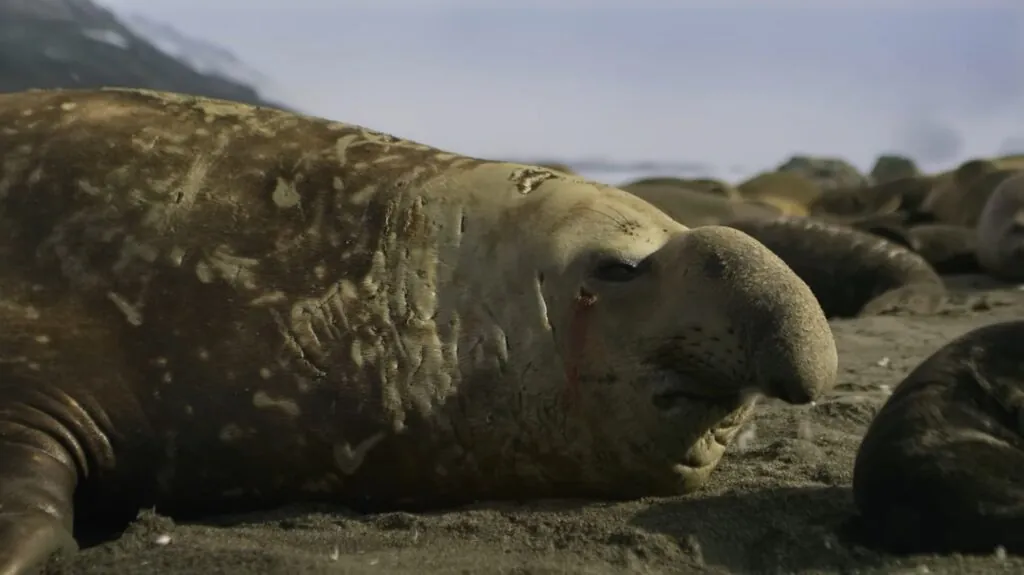
The Southern Elephant Seal, one of the Antarctic animals, is the largest seal species in the world, with males reaching up to 20 feet in length and weighing as much as 8,000 pounds. These massive seals are named for their large, trunk-like snouts, which are used by males during vocal displays to establish dominance. They are deep divers, capable of plunging over 2,000 feet below the ocean’s surface in search of squid and fish.
Regardless of their size, they are incredibly agile swimmers. During the breeding season, dominant males, known as “beachmasters,” can control harems of up to 100 females, fiercely defending their territory from rivals.
3. Leopard Seal
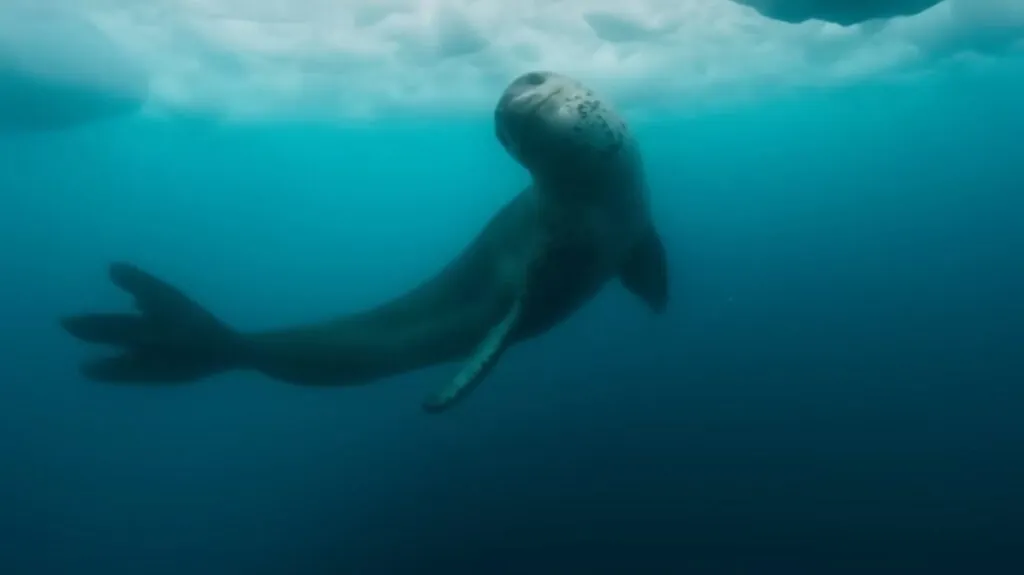
The Leopard Seal is one of Antarctica’s top predators, second only to the Orca. Known for their sleek, spotted coats and powerful jaws, these seals are formidable hunters, preying on a variety of marine life, including penguins and even other seals. Curiously, despite their fearsome reputation, Leopard Seals primarily feed on krill, showing their adaptability in diet. They can grow up to 11 feet long and weigh around 1,300 pounds. Their long, flexible bodies allow them to swim with agility, making them efficient and deadly hunters in the icy waters of the Southern Ocean.
4. Weddell Seal
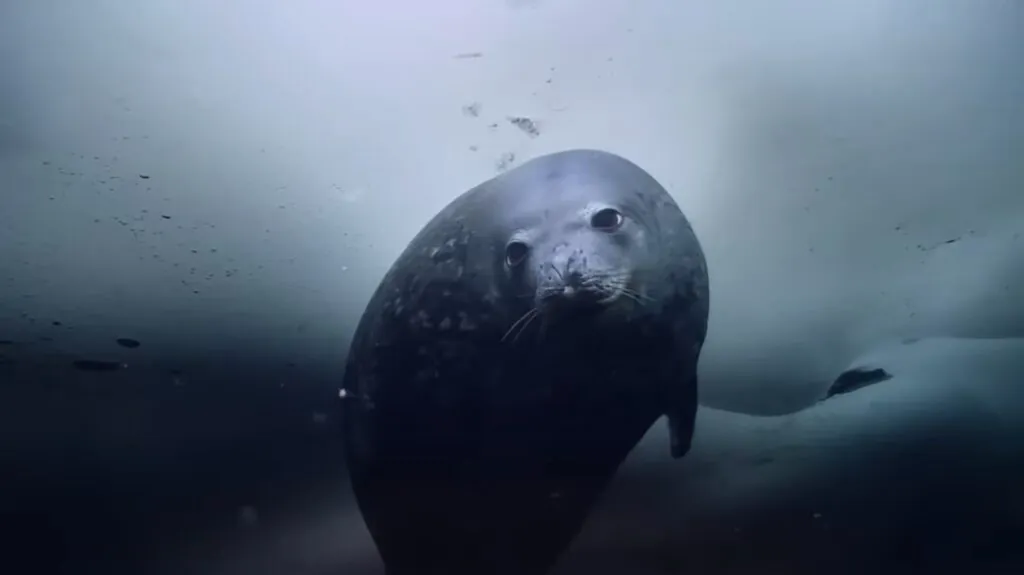
The Weddell Seal, one of the Antarctic animals, is a remarkable Antarctic species known for its impressive diving abilities and distinctive vocalizations. These seals can dive to depths of 2,000 feet and stay underwater for up to 80 minutes, an adaptation that allows them to hunt fish and squid beneath the thick ice sheets.
Weddell Seals are also famous for their “singing,” producing a wide range of sounds that can be heard through the ice. Despite living in one of the most extreme environments on Earth, these seals exhibit a strong homing instinct, often returning to the same breeding grounds year after year.
5. Hourglass Dolphin
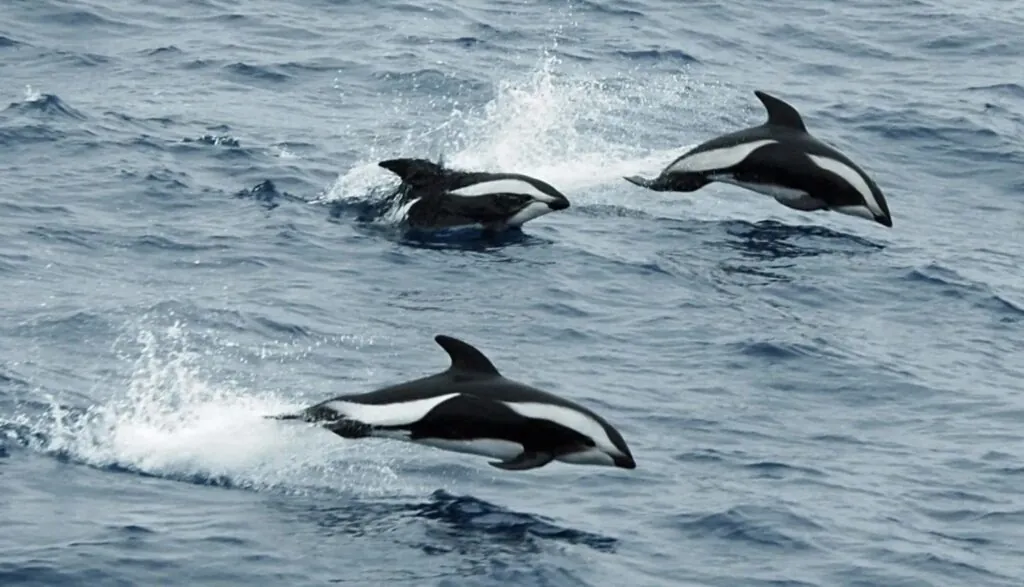
The Hourglass Dolphin is a striking and rare cetacean, easily recognized by the distinct black and white hourglass pattern on its body. Found in the cold waters of the Southern Ocean around Antarctica, these dolphins are small, typically measuring around six feet in length and weighing about 200 pounds.
In the face of their size, Hourglass Dolphins are swift swimmers, often seen in pods of up to eight individuals, though larger groups have been observed. Their unique markings and elusive nature make sightings of these dolphins a rare treat for researchers and enthusiasts alike.
6. Wandering Albatross
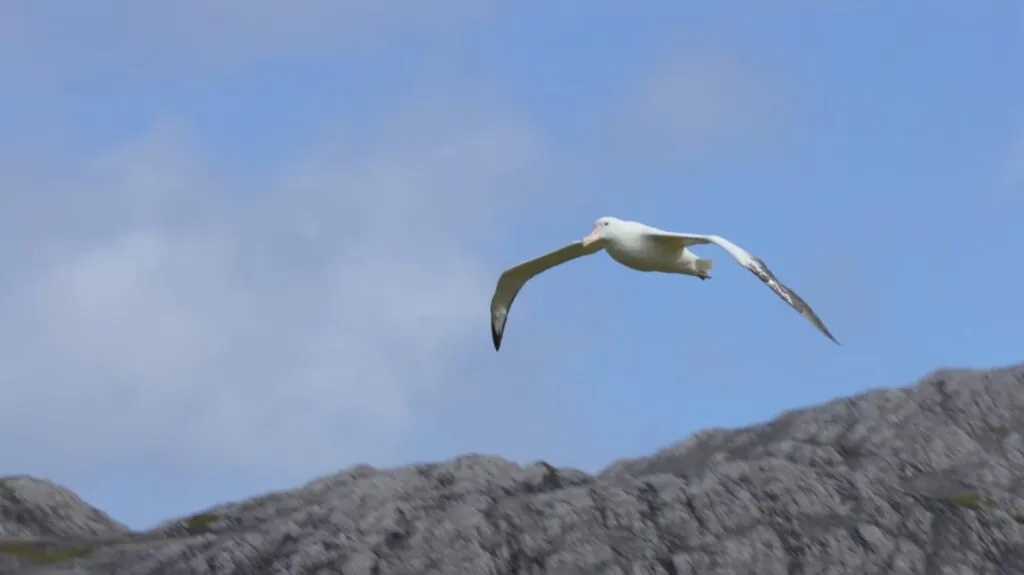
The Wandering Albatross is renowned for having the largest wingspan of any bird, stretching up to an astonishing 11 feet. This incredible wingspan allows the albatross to glide effortlessly over vast distances, sometimes traveling thousands of miles across the Southern Ocean without flapping its wings.
These majestic birds are perfectly adapted to life at sea, with specialized glands that excrete excess salt from the seawater they ingest. Known for their remarkable longevity, Wandering Albatrosses can live for over 50 years. They are monogamous, often forming lifelong pair bonds and returning to the same nesting sites year after year to raise their chicks.
7. Yeti Crab
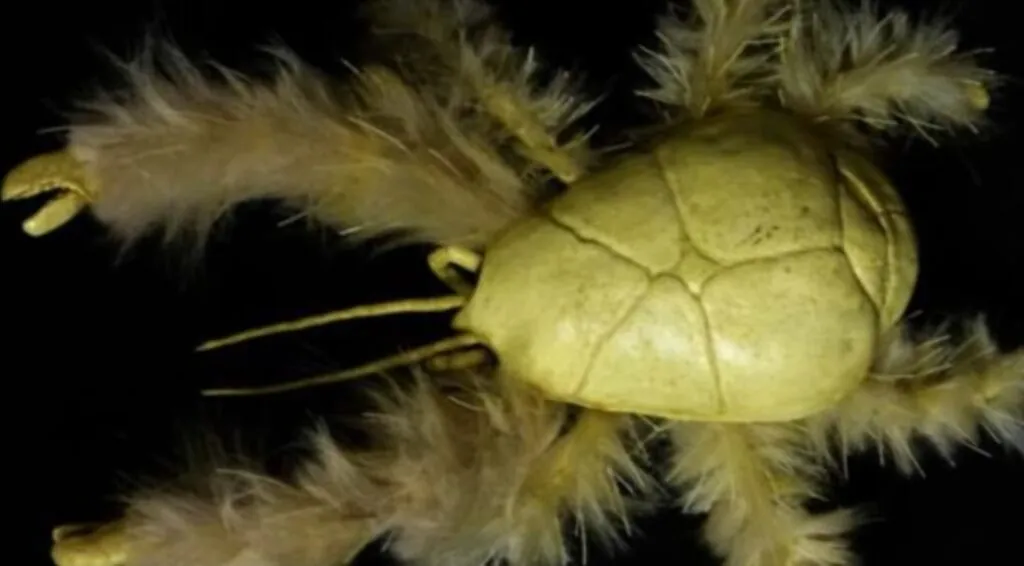
The Yeti Crab, scientifically known as Kiwa hirsuta, is a fascinating species discovered in 2005 near Easter Island. This crustacean thrives in extreme environments, living in dense clusters around hydrothermal vents in the Southern Ocean.
The Yeti Crab, one of the Antarctic animals, is named for its “hairy” claws, which are not just for show—these claws are essential for the crab’s survival, as they are used to cultivate bacteria, which the crab then consumes. Interestingly, these crabs are often found packed tightly together, with up to 700 individuals per square meter, making the most of their limited, warm habitat amidst the freezing Antarctic waters.
8. Antarctic Krill
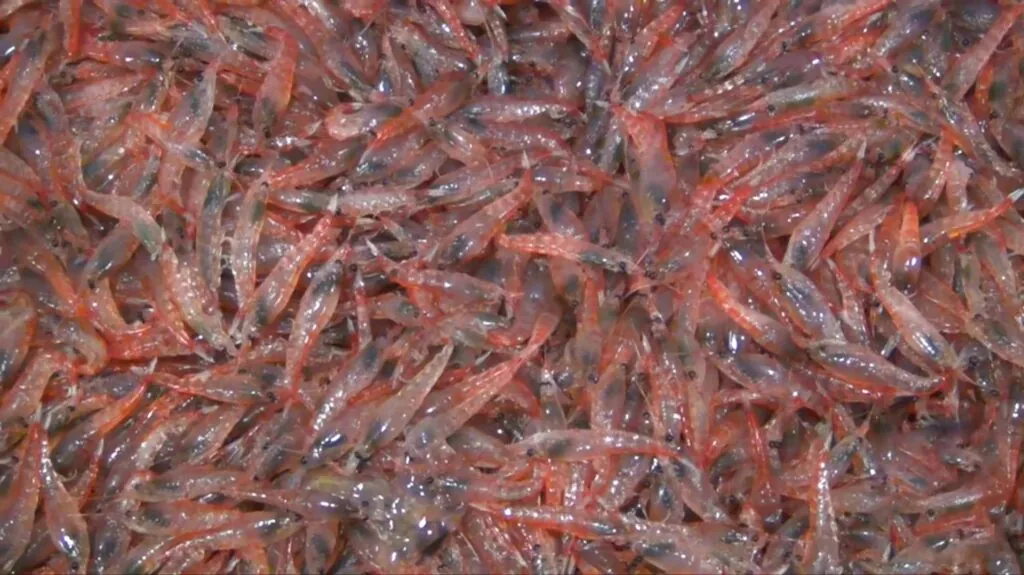
Antarctic krill (Euphausia superba) are small but incredibly vital to the Southern Ocean ecosystem. With an estimated population of over 700 trillion individuals, their collective biomass is staggering—comparable to the weight of all humans on Earth. These shrimp-like crustaceans form dense swarms that can stretch for tens of kilometers and are even visible from space.
Antarctic krill are crucial to the Antarctic food web, serving as the primary food source for a wide array of marine animals, including whales, seals, penguins, and fish. They also play a surprising role in carbon sequestration, as their feeding habits contribute to the transfer of carbon to the deep ocean, aiding in climate regulation.
9. Icefish
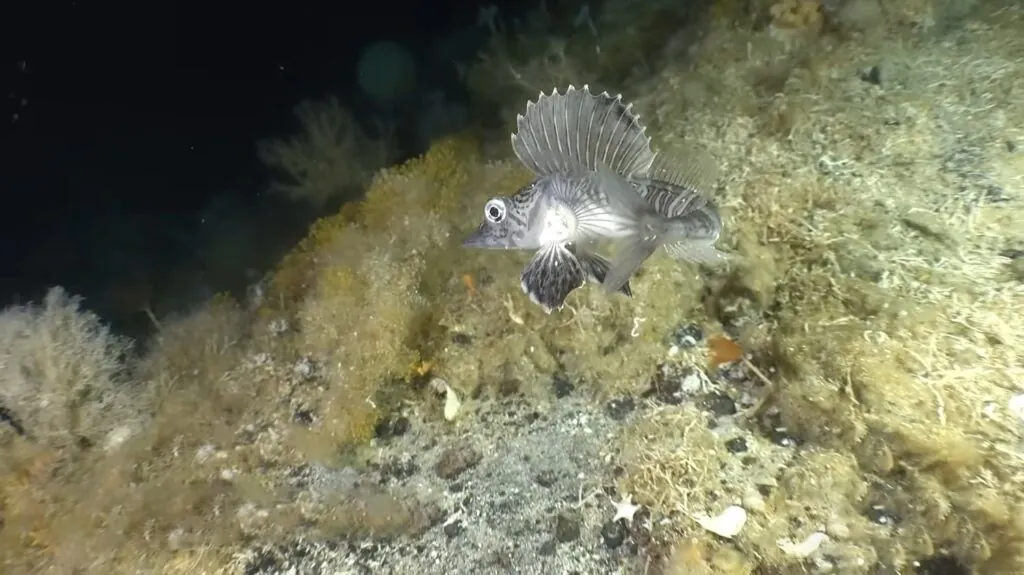
The Antarctic Icefish is a fascinating creature uniquely adapted to survive in the frigid waters of the Southern Ocean. One of its most remarkable traits is its colorless blood, which lacks hemoglobin—the protein that typically carries oxygen in vertebrates. Instead, Icefish rely on their large hearts and the oxygen-rich waters of Antarctica to survive.
Furthermore, they produce antifreeze glycoproteins that prevent ice crystals from forming in their blood, allowing them to thrive in temperatures that would be lethal to most other fish. This unique adaptation makes the Icefish a subject of interest for studies related to human conditions like osteoporosis and anemia.
10. Killer Whale (Orca)
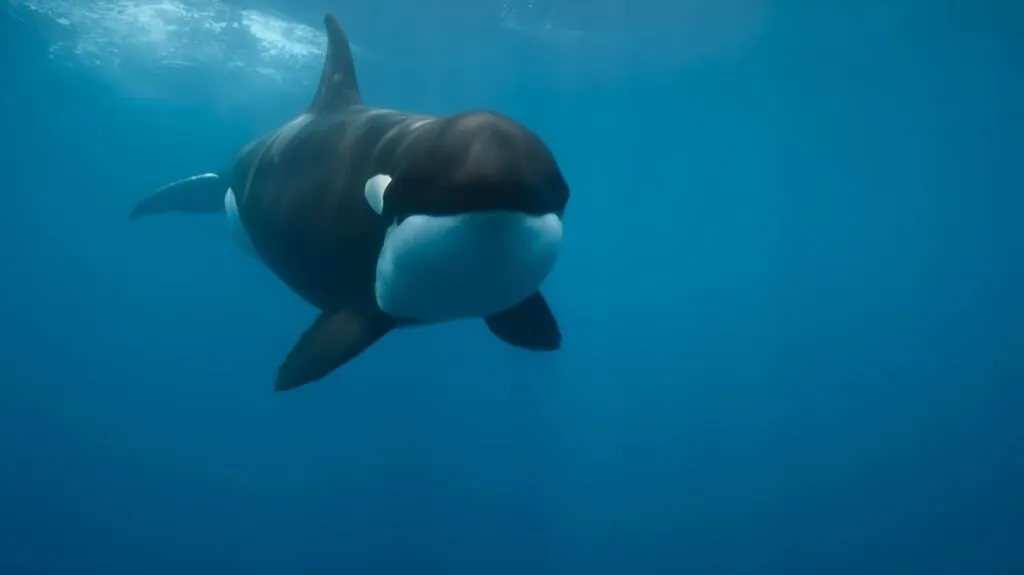
The killer whale, or orca, is one of the top 10 dangerous animals in Antarctica, recognized for its intelligence and social behavior. Despite being the largest member of the dolphin family, killer whales are found in every ocean, including the icy waters surrounding Antarctica.
They are divided into different ecotypes, each adapted to specific prey and environments. For instance, Antarctic orcas, known as Type A orcas, primarily hunt minke whales, while Type B orcas, or “pack ice orcas,” specialize in hunting seals among the pack ice. Orcas are also known for their sophisticated hunting techniques and strong social bonds within pods.
The ranking of the top 10 Antarctic animals in this article was based on a combination of unique adaptations, ecological significance, and the roles these creatures play in the Antarctic ecosystem. Each animal was selected for its remarkable survival strategies in one of the harshest environments on Earth, whether through physical adaptations, like the Icefish’s antifreeze proteins, or through complex social behaviors, like those seen in killer whales.


